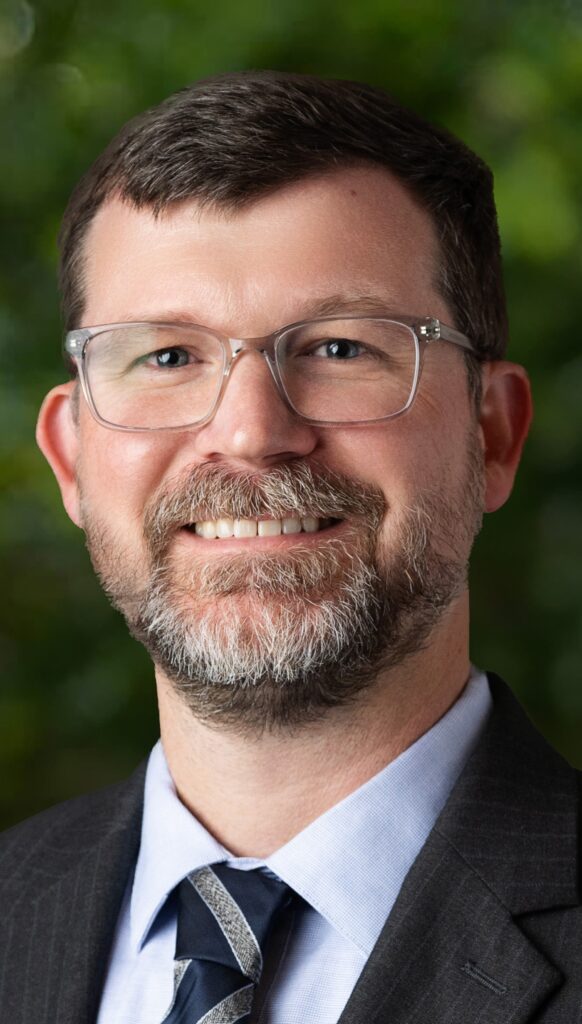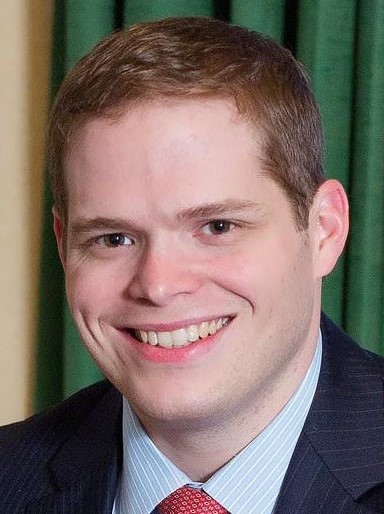
Asking for housing
Request by faith organization isn’t a new idea in Florida
Photos submitted

Photo submitted
By St. Clair Murraine
Outlook Staff Writer
There is some precedent if the Blueprint Intergovernmental Agency wants to know more about how a proposal for affordable rental housing would work.
Since the Blueprint board decided at its last meeting to move forward with its study of a proposal from the Capital Area Justice Ministries, it has become a much-talk-about topic. The group comprised of 17 congregations is asking the agency to subsidize a plan that would allow construction of housing to be rented to families with income below the standard median for renting.
While members of the CAJM are optimistic the plan will move forward, others aren’t too sure. The uncertainty arises out of concern that affordable housing isn’t one of the 27 projects that Blueprint plans to implement by 2040.
Meetings are scheduled between April 29 and May 16 to determine the fate of the proposal. Approval will requires a supermajority vote by both City and County commissioners.
However, the CAJM’s ask isn’t totally brand-new. Collier and Pinellas counties provide affordable housing for low-income families. That funding comes from a penny tax collected in those counties.
What the two counties are doing is exactly what the CAJM wants to do, said Gita Pitter, a co-chair of the organization’s Affordable Housing Committee.
“When we began to look at the situation with affordable housing in Tallahassee/Leon County, we realized that there is a big gap that nobody is addressing,” Pitter said. “There is virtually no affordable rental housing being provided for people at the lowest income levels. That’s 30 percent or 50 percent below the median income.”
In an outline of its action plan, CAJM said families with very-low and extremely-low income spend 50 percent or more of their income on housing. The breakdown also shows that 37 percent of Hispanic households and 32 percent of Black households are “so cost burdened” compared to 25 percent of White households.
CAJM is requesting that Blueprint purchase land that that it could lease to developers to build the low-income rental units. After more than two years of research, the organization took the idea to the City Commission last summer,” said Pitter. She added that the board decided by a 3-2 vote not to back the idea, with Mayor John Dailey recommending CAJM seek funding through Blueprint, setting in motion the current situation.
The organization isn’t asking for Blueprint to hand it money directly, but instead help to fund development. What they are asking for isn’t a handout, she said.
“When you pay sales tax, everybody pays that; no matter how poor you are,” she said. “It’s only right that they have a roof over their heads; a place to call home.”
The genesis of Blueprint is in a penny sales tax that voters approved through a referendum. The board, which is made up of city and county commissioners, funds its projects through millions in sales tax dollars.
Affordable housing wasn’t included in the referendum, although state statute allows the local penny sales tax to be used for affordable housing. But with a “very narrow scope,” said Artie White, Planning, Land Management and Community Enhancement with Blueprint.
“Typically, Blueprint does not have any role in affordable housing,” said White. “We have infrastructure projects like road, storm water, trails and things like that but we’ve never done anything too much with affordable housing.”
“So far we have not had that (housing) situation. We tend to not get land we don’t need. But if we ever have more land than we need, we will see if it could be used for affordable housing.”
The road to such possibility is a long one with no guarantee that CAJM’s proposal would be added to Blueprint’s plans.
The next step will take the proposal to Blueprint’s Technical Coordinating Committee, which is made up of staff from city and county. They will disclose their recommendation at an April 29 meeting. The IA’s Citizen Advisory Committee, will weigh-in on May 2 when the idea will be open up for a public hearing. A final decision could be made at the next Blueprint meeting on May 16.
“Hopefully they will find money to fund this, but that’s not what we are asking right now because we realize that they don’t want to take money away from other projects they’ve already approved,” Pitter said. “We certainly hope they will eventually fund it.”









